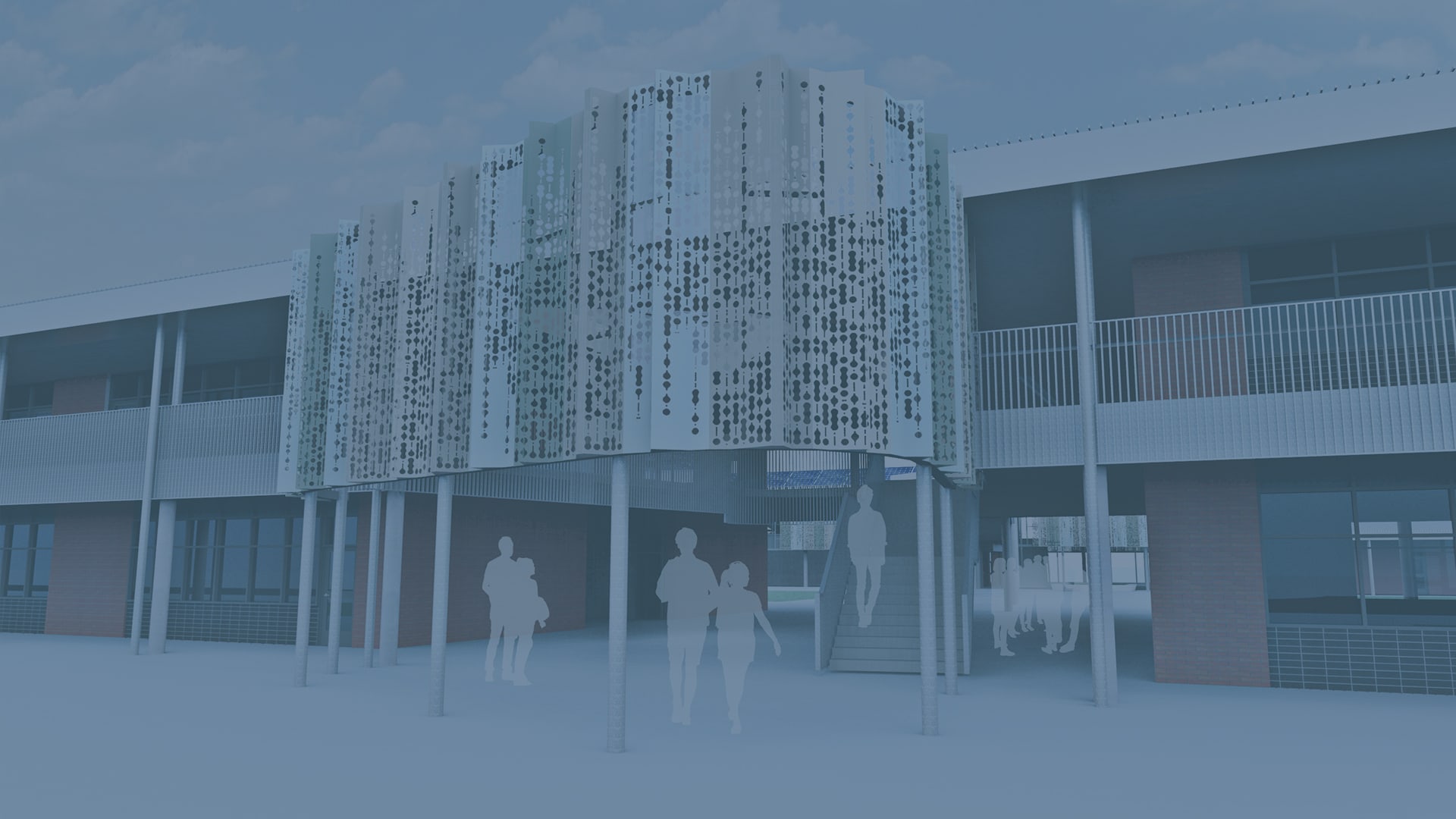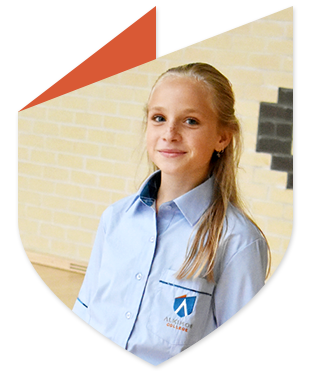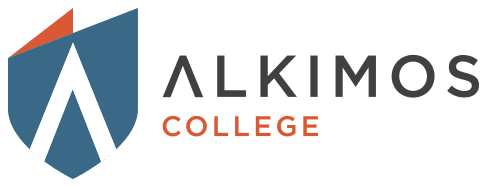
ARTS
Alkimos College
The Arts have the capacity to engage, inspire and enrich all students, exciting the imagination and encouraging them to reach their creative and expressive potential. The term ‘creativity’ plays a critical role in all arts subjects.
The Arts learning area comprises five subjects: Dance, Drama, Media Arts, Music and Visual Arts. Together they provide opportunities for students to learn how to create, design, represent, communicate and share their imagined and conceptual ideas, emotions, observations and experiences, as they discover and interpret the world.
The Arts entertain, inform, challenge, and encourage responses, and enrich our knowledge of self, communities, world cultures and histories. The Arts contribute to the development of confident and creative individuals, nurturing and challenging active and informed citizens. Learning in the Arts is based on cognitive, affective and sensory/kinaesthetic response to arts practices as students’ revisit increasingly complex content, skills and processes with developing confidence and sophistication through the years of schooling.
Aims
Dance knowledge and skills ensure that, individually and collaboratively, students:
- develop confidence to become innovative and creative dancers to communicate meaning through body awareness, technical dance skills and performance skills
- apply the elements of dance and choreographic skills through group processes to create dance that communicates meaning to an audience
- develop aesthetic, artistic and cultural appreciation of dance in past and contemporary contexts as choreographers, performers and audience members
- develop respect for, and knowledge of, the diverse purposes, traditions, histories and cultures of dance by making and responding as active participants and informed audiences.
Drama knowledge and skills ensure that, individually and collaboratively, students develop:
- confidence, empathy and self-awareness to explore, depict and celebrate human experience, take risks and extend their own creativity through drama
- knowledge of how to analyse, apply and control the elements, skills, techniques, processes, conventions, forms and styles of drama in traditional and contemporary drama to engage and create meaning for audiences
- knowledge of the role of group processes and design and technology in the creative process of devising and interpreting drama to make meaning for audiences
- knowledge of traditional and contemporary drama through responding as critical and active participants and audience members.
Media Arts knowledge and skills ensure that, individually and collaboratively, students develop:
- confidence to participate in, experiment with, and interpret the media-rich culture and communications practices that surround them
- aesthetic knowledge developed through exploration of imagery, text and sound to express ideas, concepts and stories using effective teamwork strategies to produce media artwork
- creative and critical thinking skills to explore different perspectives in media as producers and consumers
- awareness of their active participation in local and global media cultures, including using safe media practices when publishing online materials.
Music knowledge and skills ensure that, individually and collaboratively, students:
- develop the confidence to be creative, innovative, thoughtful, skilful and informed musicians
- develop skills and techniques to actively listen, analyse, improvise, compose and perform music
- interpret and apply the elements of music, engaging with a diverse array of musical experiences as performers and audience members
- develop aesthetic appreciation and respect for their own and others’ music practices and traditions across different times, places, cultures and contexts.
Visual Arts knowledge and skills ensure that, individually and collaboratively, students:
- demonstrate confidence, curiosity, imagination and enjoyment when engaged in visual arts making
- apply visual arts techniques, materials, processes and technologies to create artworks through the design and inquiry process
- apply visual language and critical creative thinking skills when creating and responding to artwork
- develop aesthetic, artistic and cultural appreciation of visual arts in past and contemporary contexts, both as artists and art critics.
Content Structure
The Arts learning area comprises five subjects: Dance, Drama, Media Arts, Music and Visual Arts.
The Arts curriculum is written on the basis that all students will study at least two Arts subjects from Pre-primary to the end of Year 8. It is a requirement that students study a performance subject and a visual subject.
In Years 9 and 10 the study of the Arts is optional.
Each of the five Arts subject is organised into two interrelated strands: Making and Responding.
Making
Making in each Arts subject engages students’ cognition, imagination, senses and emotions in conceptual and practical ways and involves thinking kinaesthetically, critically and creatively. Students develop knowledge and skills to plan, produce, present, design and perform in each arts subject independently and collaboratively. Students work from an idea, an intention, particular resources, an imaginative impulse, or an external stimulus.
Part of making involves students considering their work in the Arts from a range of points of view, including that of the audience. Students reflect on the development and completion of making in the Arts.
Responding
Responding in each Arts subject involves students reflecting, analysing, interpreting and evaluating in the Arts. Students learn to appreciate and investigate the Arts through contextual study. Learning through making is interrelated with, and dependent upon, responding. Students learn by reflecting on their making and responding to the making of others. The points of view students hold, shift according to different experiences in the Arts.
Students consider the Arts’ relationships with audiences. They reflect on their own experiences as audience members and begin to understand how the Arts represent ideas through expression, symbolic communication and cultural traditions and rituals. Students think about how audiences receive, debate and interpret the meanings of the Arts.
At Alkimos College our students work together to foster creativity and innovation to create empowered individuals. We provide a safe and inclusive environment where ‘hands on’ and ‘minds on’ learning experiences are embedded in everyday college life. Our staff and students strive for excellence and grow with our community to cultivate a culture of high quality teaching and learning.
Year 7 Syllabus
Dance: In Year 7, Dance students build on their understanding of improvising and experimenting with the elements of dance (BEST) and choreographic devices to create dance that communicates an idea. They continue to improve their dance skills, focusing on developing technical competence in relation to body control, accuracy, posture/alignment, strength, flexibility, balance and coordination. They are provided with opportunities to present dance to an audience, developing their performance skills of expression, projection and focus. As they make dance and respond to it, they reflect on the meaning, interpretations and purposes of dance. Safe dance practices underlie all experiences, as students perform within their own body capabilities and work safely in groups.
Media Arts: In Year 7, students are provided with opportunities to view media work within the context of the selected focus. They are introduced to the basic communication model, explore different viewpoints in contemporary media, plan and create representations in media work and respond to their own work and the work of others. Students work as a team, follow timelines, and use processes and strategies to ensure safe and responsible use of media equipment.
Music: In Year 7, students are given opportunities to apply their music skills and knowledge when performing, composing and listening to music. They develop their aural skills and aural memory to identify, sing/play and transcribe music, making connections between sound and notation. Students practise, rehearse and perform a range of solo and ensemble music to develop technical skills and an increasing awareness of musical expression. As performers and audience members, they are encouraged to express their thoughts and feelings about music, identifying personal preferences and the reasons for them.
Visual Arts: In Year 7, students have opportunities to use and apply visual art language and artistic conventions in their design and production process. They create 2d and/or 3d artwork through projects which encourage personal response and an understanding of compositional structure. Students are made aware of the need for safe visual art practices, and present their artwork for display. Students are introduced to an awareness of cultural, social and historical contexts that are embodied in artwork/art style which, in turn, allows them to link their own production to a given context. They consider how to present artwork to enhance audience interpretation. Students are introduced to a critical analysis framework to analyse artwork and use visual art terminology when responding.

